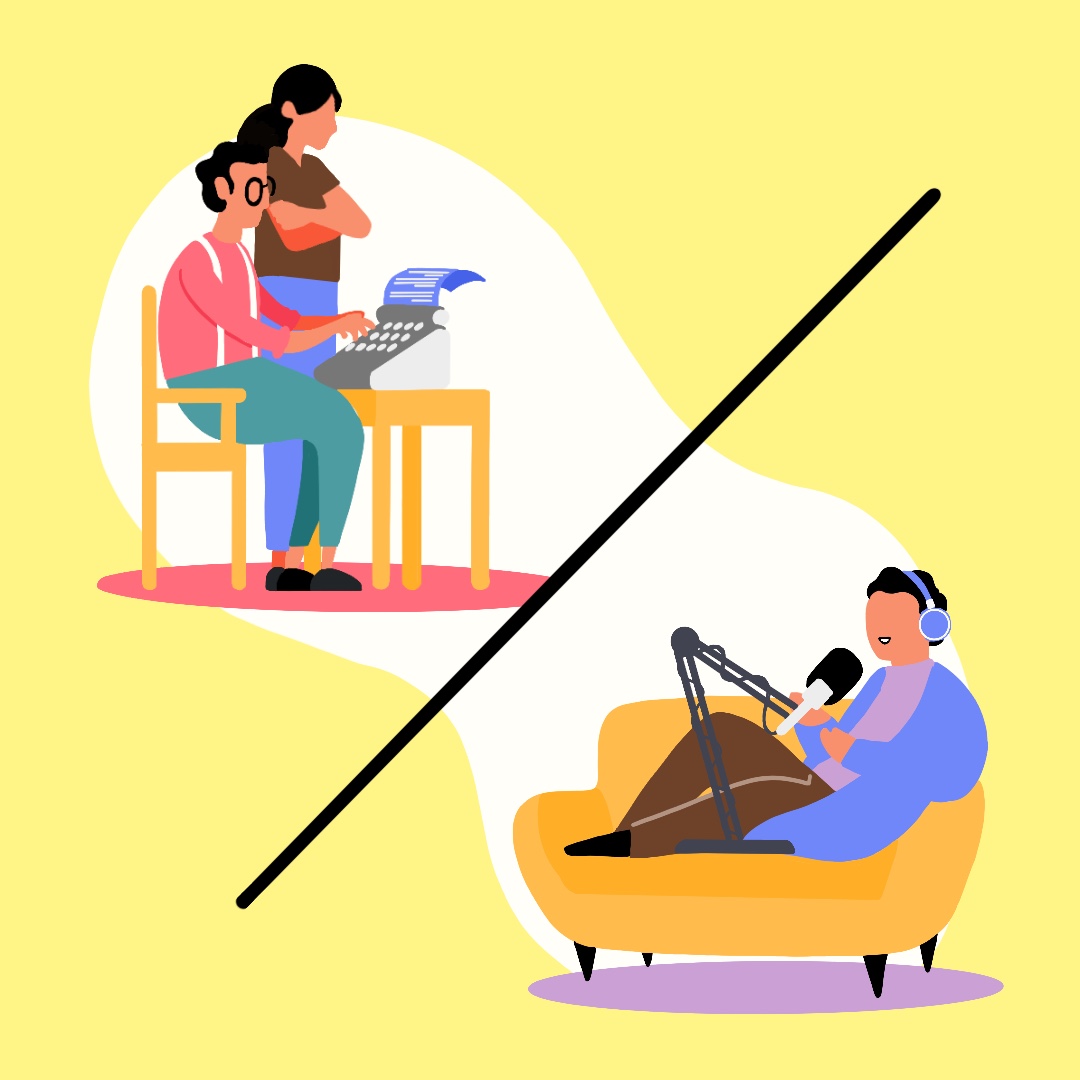Americans love football. A Gallup poll indicates that around 63 percent of Americans consider themselves fans, with baseball a close second at 56 percent (so, really, football is America’s pastime). In the midst of the Super Bowl season, people are more rah-rah than ever about watching grown men slam into each other with an average of 1,600 pounds of force.
The game is an unavoidably violent one, and injury isn’t uncommon. Many of the injuries that football players sustain during their careers plague them well into retirement. The Washington Post surveyed retired NFL players and found that 90 percent suffer pain on a daily basis, and 91 percent blame football. Some ex-players say they can no longer run or stand for long periods of time, have had or need joint replacements, have bone spurs, degenerative arthritis, bad knees, the list goes on.
But most worrisome, perhaps, are the brain injuries that players suffer. A study found that, after examining the brains of deceased ex-football players, 110 out of 111 had CTE — a degenerative brain disease that occurs as a result of brain trauma. Those with CTE display symptoms like aggression, vision problems, depression and dementia. There’s been more attention paid recently to the link between the suicides of football players and the subsequent post-mortem diagnosis of CTE, the most severe reported case being that of Aaron Hernandez, who was convicted of first-degree murder and committed suicide while imprisoned.
Those who played for the NFL had the highest rate of severe CTE at 95 percent, compared to 27 percent of college players with severe CTE. The concussion has long been considered the cause of CTE, and is an injury that’s all too common among players — recently, Gopher football player Nick Connelly retired from the game after sustaining his fifth concussion, which was his third in two years. According to MPR News, doctors said the next would be life-changing; still, his short-term memory has suffered.
However, researchers have found that it isn’t necessarily concussions that cause CTE, but instead routine hits to the heads, “sub-concussive” blows that are much more dangerous than previously thought. Since, historically, nonconcussive blows to the head haven’t been taken seriously, players continued to play, which means they continued to get hit.
The NFL created the “Play Smart. Play Safe” initiative, committing $100 million to concussion research after they were caught for trying to influence a CTE study by the National Institute of Health. Interestingly, their research wasn’t focused on football players, but jockeys. In the same Washington Post poll, about half of ex-players said their team doctors prioritized the interests of the team over their health.
It’s unlikely that anyone could convince Americans to boycott football; it’s a sport so deeply ingrained in American culture and national identity, it couldn’t possibly go anywhere anytime soon. The Super Bowl alone generates at least $620 million in revenue, so, naturally, no one is going to give up that cash cow without a fight. Of course, it’s a decision on the players’ part as to whether or not they want to take on the risk of the game, but those players might be woefully uninformed — there’s much research around long-term effects of brain injury that’s left to be done. The culture surrounding the sport needs to be questioned, and the NFL and the NCAA needs to be held to a higher standard of maintaining the health of their players — and we, the viewers, the consumers, have to be the ones to demand it.







